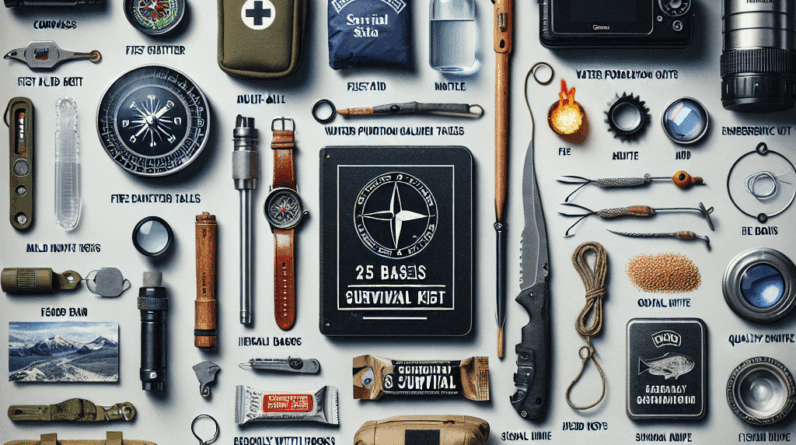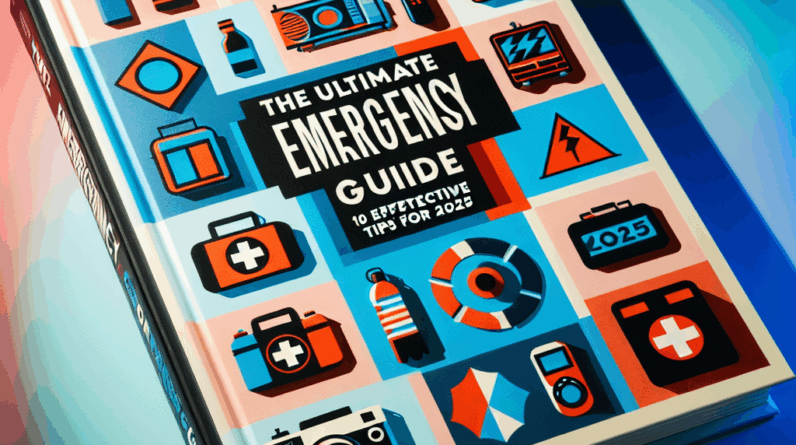Wildfires are a natural occurrence in many parts of the world, but their frequency and intensity can be alarming. Being prepared can significantly reduce risks to life and property. This comprehensive guide covers everything from understanding wildfire risks to creating an effective evacuation plan, packing an emergency kit, ensuring home safety, and staying updated on local conditions.
Understanding Wildfire Risks
# Identifying High-Risk Areas
First, let’s pinpoint where wildfires are most likely to occur. Areas near forests, grasslands, or any dry brush are particularly susceptible. When I moved into a house adjacent to the woods, I was initially unaware of the risks until I started researching. Local fire departments are great resources for identifying zones that are especially vulnerable to wildfires.
Another useful approach is to utilize online tools and maps that delineate fire-prone areas. These resources can reveal the proximity of potential wildfire hotspots to your home using historical fire data—often a startling revelation.
Lastly, always consider the weather conditions as dry, windy climates can escalate wildfire risks. Monitoring weather forecasts regularly, especially during dry seasons, is crucial for early preparedness.
Creating an Evacuation Plan
# Choosing Safe Routes
Knowing the risks, your next step is to draft a robust evacuation plan. This involves mapping out multiple escape routes to avoid potential roadblocks during emergencies. I found it helpful to drive these routes beforehand, making the actual evacuation less daunting. It can also be an educational activity for the family.
Identifying potential safe havens, such as homes of relatives or friends in safer areas, is essential. Additionally, using apps that provide real-time evacuation information can be a lifesaver during crises.
Preparing an Emergency Kit
# Essential Supplies
Discussing the contents of an emergency kit is vital. Begin with the essentials: water, non-perishable food, first aid supplies, and flashlights. Don’t underestimate the importance of snacks—opt for items like protein bars and dried fruits.
Include copies of crucial documents, such as insurance papers, in a waterproof container. This organization can save precious time during an evacuation.
Remember to prepare for your pets too. Essentials like food, water, and a comfortable blanket can help keep them calm and safe.
Home and Property Safety Measures
# Creating Defensible Space
To make your home resistant to wildfires, start by clearing flammable materials such as leaves and twigs from around your property. Consider landscaping with fire-resistant plants and materials. For example, replacing flammable vegetation with succulents not only increases safety but also enhances the aesthetic appeal of your garden.
Enhancing your home’s structural defenses is also critical. Installing spark arresters on chimneys and opting for fire-resistant building materials are effective ways to minimize fire risks.
Stay Informed and Educated
# Monitoring Local Alerts
An integral part of wildfire preparedness is staying informed. Registering for local alerts on wildfires allows for timely and effective planning. Following local fire departments and emergency services on social media can provide up-to-date information and safety tips.
Educating yourself about wildfires and their management before the fire season starts is also beneficial. Knowledge about fire ecology can deepen your understanding and appreciation of nature and help you make informed decisions.
Frequently Asked Questions
# 1. What should I include in my emergency kit?
A well-prepared emergency kit should contain water, non-perishable food, first aid items, flashlights, and important documents. Make sure to include pet supplies if you have animals.
# 2. How can I create defensible space around my home?
Creating a defensible space involves removing flammable debris, using fire-resistant landscaping options, and reinforcing your home with fire-safe materials. Regular upkeep is crucial.
# 3. How do I find out if my area is at risk for wildfires?
Consult your local fire department or explore online resources for fire risk maps that provide historical and current risk data.
# 4. Why is it important to have multiple evacuation routes?
Multiple evacuation routes ensure that you have alternatives if the primary paths are obstructed. Familiarizing yourself with these routes in advance is advisable.
# 5. What are some effective ways to stay updated on wildfire information?
Signing up for local alerts, following emergency services on social media, and participating in community forums are effective strategies for staying informed about wildfires.




